Real Jardin Botanico
Over two centuries old and counting, Madrid's massive botanical garden contains one of Europe's only desert environments.
Founded by King Ferdinand IV’s royal decree, the Real Jardín Botánico is a two-and-a-half centuries-old wonder, occupying 20-acres of lush terrain in the heart of Spain’s capital city.
Housed in its current location since 1781 in a building designed by the same architectural team responsible for the Museo del Prado, the botanical garden was initially populated with over 2,000 specimens retrieved from all over the Iberian peninsula by botanist and surgeon José Quer. After implausibly surviving centuries worth of civil and international wars, the collection has expanded to over 90,000 flowers and plants (not counting its herbarium with a literal million specimens on its own) plus an estimated 1,500 trees.
Originally arranged according to the Linneaus method favored during the period, in which the specimens are categorized in terraces of import, today its expansive grounds have been rearranged in a fashion that makes more sense.
Visitors will find the Real Jardín Botanico has been divided into seven outdoor gardens and five indoor greenhouses. Each of these sections are arranged logically by theme, content, and nature of origin. Highlights include the “Terraza de Cuadros” – featuring a Japanese garden and a series of box-edged plots filled with medicinal, aromatic, and orchard-like plants arranged around a fountain – and a romantic, period-accurate garden arranged to echo an English garden bursting with trees and shrubs. A beautiful and cryptic stelae by the Catalan sculptor, Frederico Mares is hidden away among the foliage and portrays some Iberian maidens taming a wild stallion.
Perhaps most fascinatingly of all, one of Real Jardín Botánico’s greenhouses has the ability to recreate the desert climate, making it one of the very few places where visitors can experience an accurate desert experience without leaving continental Europe.
Community Contributors
Added by
Edited by
The Atlas Obscura Podcast is Back!


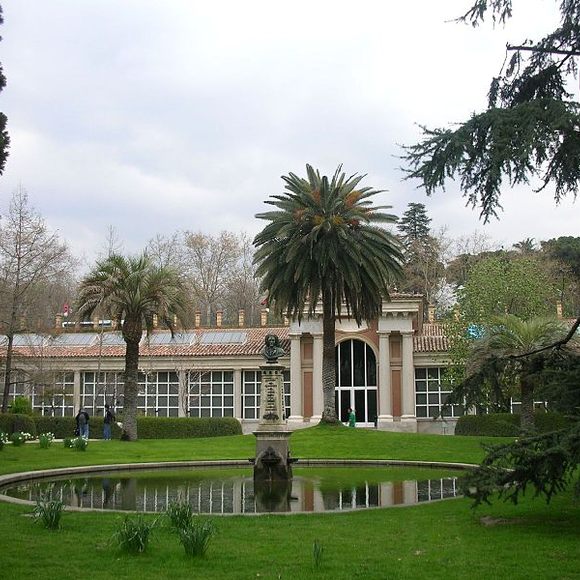

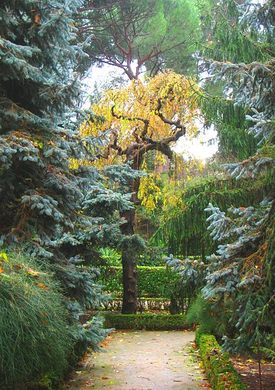













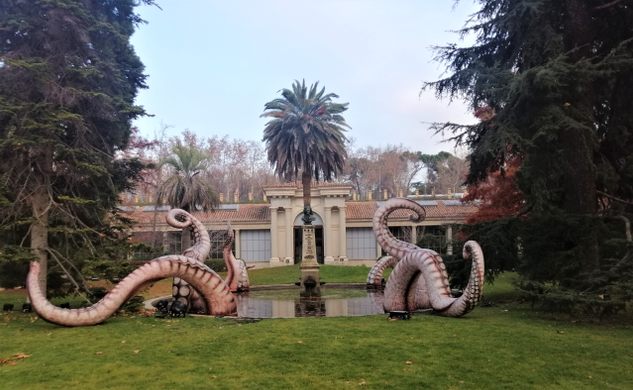















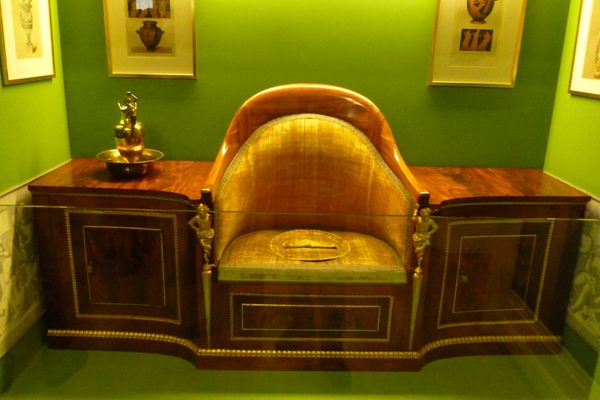

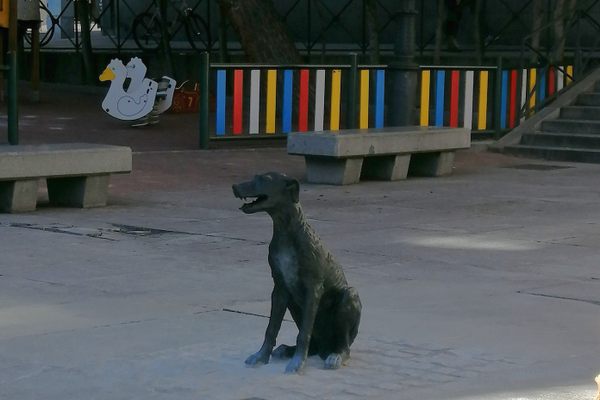






Follow us on Twitter to get the latest on the world's hidden wonders.
Like us on Facebook to get the latest on the world's hidden wonders.
Follow us on Twitter Like us on Facebook